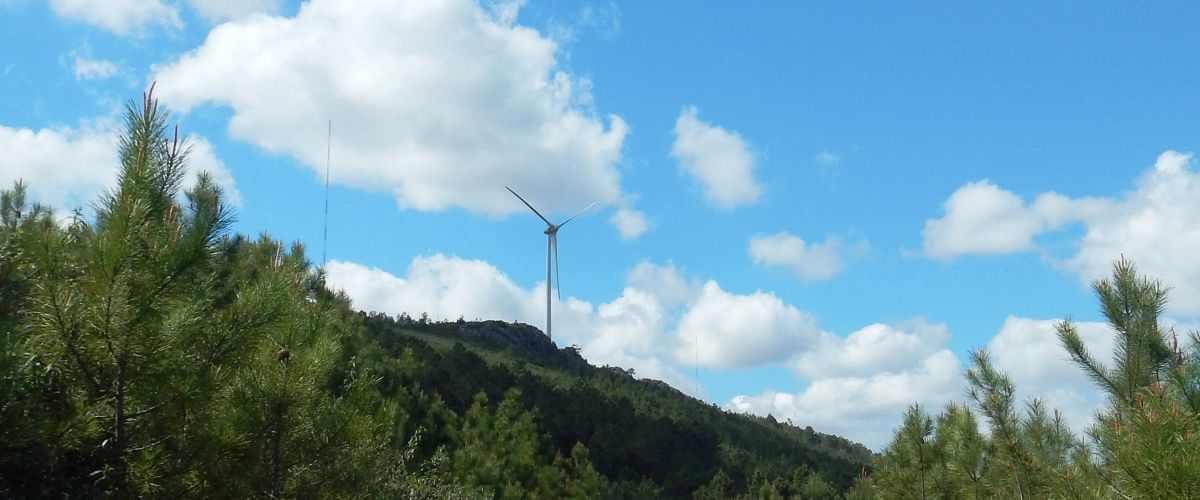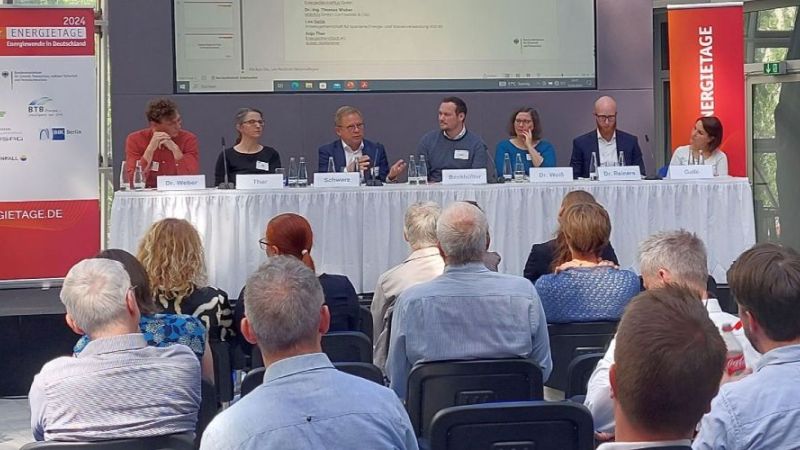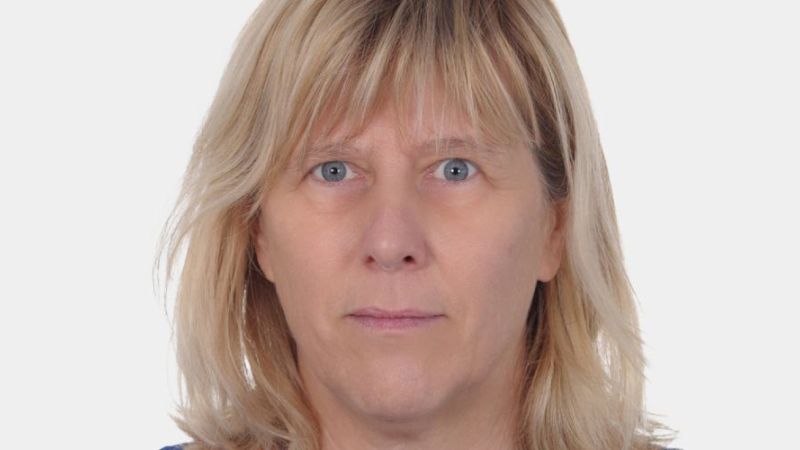 © WRD GmbH – Tanja Stüttchen
© WRD GmbH – Tanja Stüttchen
Wind energy
Tool simulates sound wave dispersion in complex terrain
Noise from technically flawless wind turbines changes to background noise from a distance of about 750 metres. They can be heard, but not ostensibly. This is the conclusion of research on sound wave dispersion. The result is a simulation tool that facilitates the planning of wind farms.
In northern Germany, space for new wind turbines is already becoming scarce. This shifts the focus towards the south and thus into mountainous, hilly terrain. Sound effects can only be predicted imprecisely here. There is a lack of simulation software that takes into account the gusty and turbulent wind regimes typical of complex terrain as well as sound wave dispersion. This is why the researchers in the Schall_KoGe project, short for "Sound propagation modelling of wind turbines in complex terrain", set out to develop a reliable model that would provide the most precise noise forecasts possible for individual turbines and wind farms in both simple and complex terrain. In this way, both the acceptance of wind power parks can be increased and the risk in their planning minimised.
Structure of wind turbines and terrain influence the sound
Wind turbines cause noise that depends, for example, on the wind field that hits the turbine. This cannot be influenced; the meteorological and topographical conditions of the location determine the type and strength of the field. This is why the scientists carried out investigations into computational fluid dynamics in the mountainous Perdigão in Portugal and in the flat Harsewinkel in Germany to obtain information about wind fields at different heights. They used the data obtained for the new sound wave dispersion model.
Component-related properties also play a role, such as blade geometry and tower height, as well as special add-on parts on the rotor blade that are intended to increase the yield of the wind turbine. The project teams simulated these blade components, so-called vortex generators, aerodynamically and investigated them aeroacoustically. The findings help them to better predict the relationship between higher yield and noise. The results also flow into the simulation tool.
Lower noise emissions than expected
Common forecast procedures define wind turbines as a point source of sound. This assumption has been refuted by the research work in the Schall_KoGe project. The teams of scientists were able to show that less sound is emitted in the rotor plane, that is, transverse to the turbine, than in the forward or aft direction. Wind turbines are particularly noisy in the wake.
In further sound measurements, the researchers concentrated on this area. The results at distances of approximately 500 and 1,000 metres showed that significantly less noise is emitted than expected. All sound pressure levels relevant for approval according to the legal regulations (TA Lärm) were not reached at the measurement positions. "The turbine stood out only slightly from the local noise at the measurement site, such as quiet wind rustling in trees", reports Tanja Stüttchen, project manager at Enercon. "These findings should be taken into account in future standardisation."
Sound wave dispersion model developed
The research showed that the direction in which the immission point is located in relation to the plant is important. This is the location of the recipient - for example, a residential building. If this location is mostly at right angles to the rotor plane, the noise pollution is lower than in other directions. The influence of this directional effect of the sound source is more important for the place of immission than a high-resolution description of the individual sound sources of the wind turbines. Likewise, the wake and other flow effects in the terrain have an influence on the sound field, which is only considered in general terms with the conventional calculation methods.
The developed model Aku_KoGe calculates the sound pressure in relation to the previously described parameters, such as meteorology, terrain and plant properties. Further research will prepare the model for commercial use. (mm)











